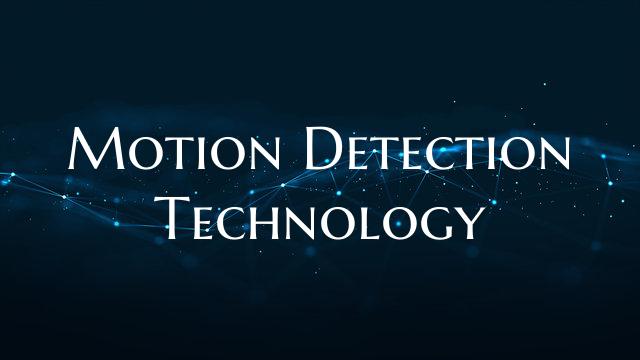Motion Detection Technology
In an era driven by innovation and technology, the advancements in motion detection technology have revolutionized numerous industries, from home security systems to interactive video games. This cutting-edge technology offers a wide array of applications and benefits, creating a safer, more efficient, and engaging environment for users.
Motion detection technology works by capturing and analyzing movement within a given space, allowing for real-time monitoring and response. By utilizing sensors, cameras, and sophisticated algorithms, this technology can detect even the slightest movements with high precision and accuracy.
One of the primary benefits of motion detection technology is enhanced security. In the realm of home security systems, motion sensors can detect unauthorized entry or suspicious activity, triggering alarms and alerting homeowners or security personnel. This proactive approach to security offers peace of mind and deters potential intruders.
Moreover, motion detection technology plays a crucial role in energy conservation. In buildings and smart homes, motion sensors can control lighting, heating, and cooling systems based on occupancy, significantly reducing energy waste and lowering utility costs. This intelligent automation not only promotes sustainability but also contributes to a more comfortable and environmentally friendly living or working space.
Beyond security and energy efficiency, motion detection technology enables innovative applications in various industries. In healthcare, it can be used for patient monitoring and fall detection, enhancing the quality of care and ensuring timely assistance. In retail, it can provide valuable insights into customer behavior and foot traffic patterns, assisting retailers in optimizing store layout and product placement.
The entertainment industry has also leveraged motion detection technology to create immersive and interactive experiences. Gaming consoles and virtual reality systems use motion sensors to track players' movements, offering a more engaging and realistic gameplay experience. Similarly, in filmmaking and animation, motion capture technology allows for the creation of lifelike characters and captivating visual effects.
As the capabilities of motion detection technology continue to evolve, its potential for driving innovation and improving various aspects of our daily lives is virtually limitless. By harnessing the power of motion detection technology, we can create safer environments, enhance operational efficiency, and unlock new possibilities for creativity and interaction.

